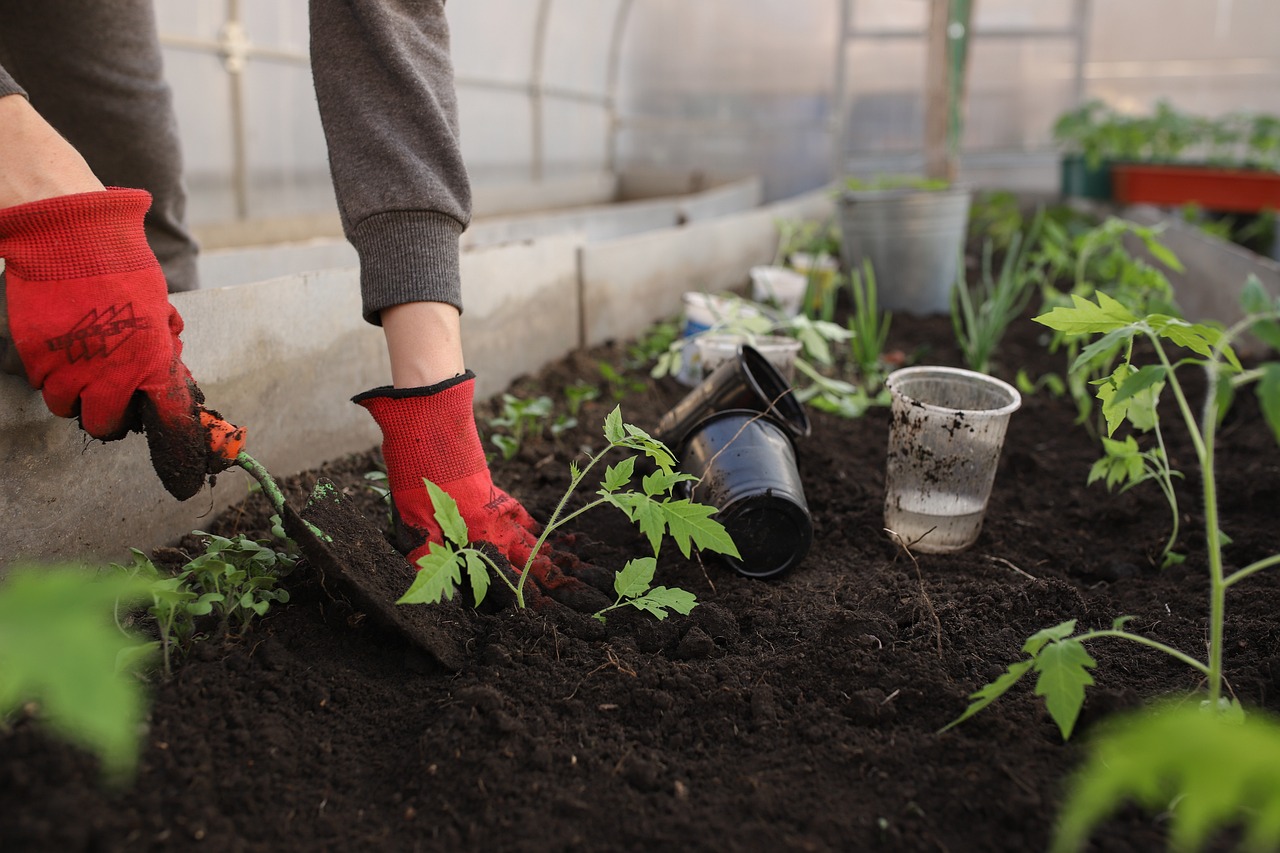
Embarking on the journey of gardening is like stepping into a magical realm where seeds transform into vibrant blossoms, and nature becomes your canvas. This enchanting endeavor might seem like an intricate puzzle for beginners, but fear not – we’ve curated a guide filled with easy gardening tips for beginners that will turn your thumbs green in no time. Gardening might seem daunting, but with a few simple tips, anyone can become a plant parent extraordinaire! Here are 10 tricks to turn your brown thumb into a flourishing green one:
Cultivating Success: 10 Easy Gardening Tips for Beginners
1. Choose the Right Spot
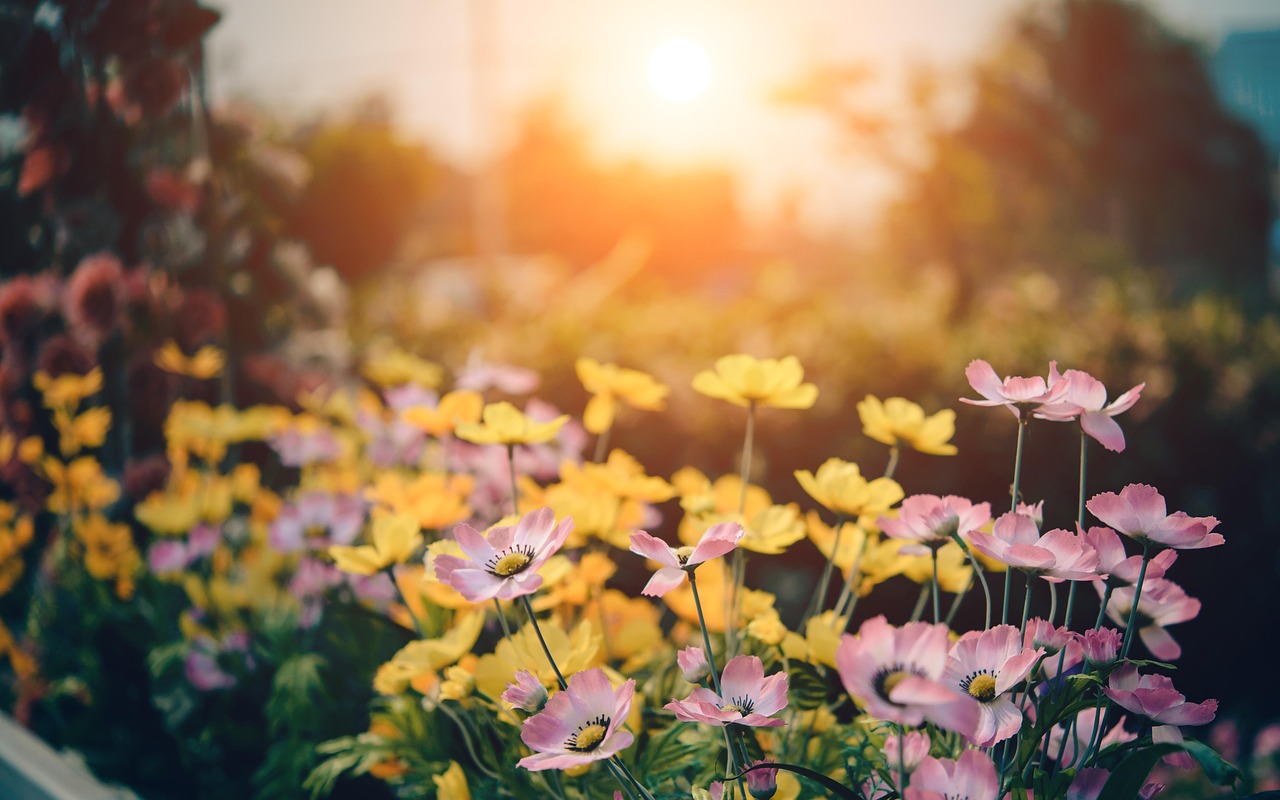
Select a spot with ample sunlight, as most plants thrive in sunlight for at least six hours a day.
Selecting a garden spot with ample sunlight is crucial for plant health and growth. Sunlight is essential for photosynthesis, driving robust growth, vibrant colors, and abundant blooms. Adequate sunlight also helps prevent diseases by promoting air circulation and reducing moisture.
Understanding the sunlight preferences of different plants is key to a successful garden. Choosing the right spot with sufficient sunlight sets the stage for a thriving and visually appealing garden.
2. Start Small but Dream Big
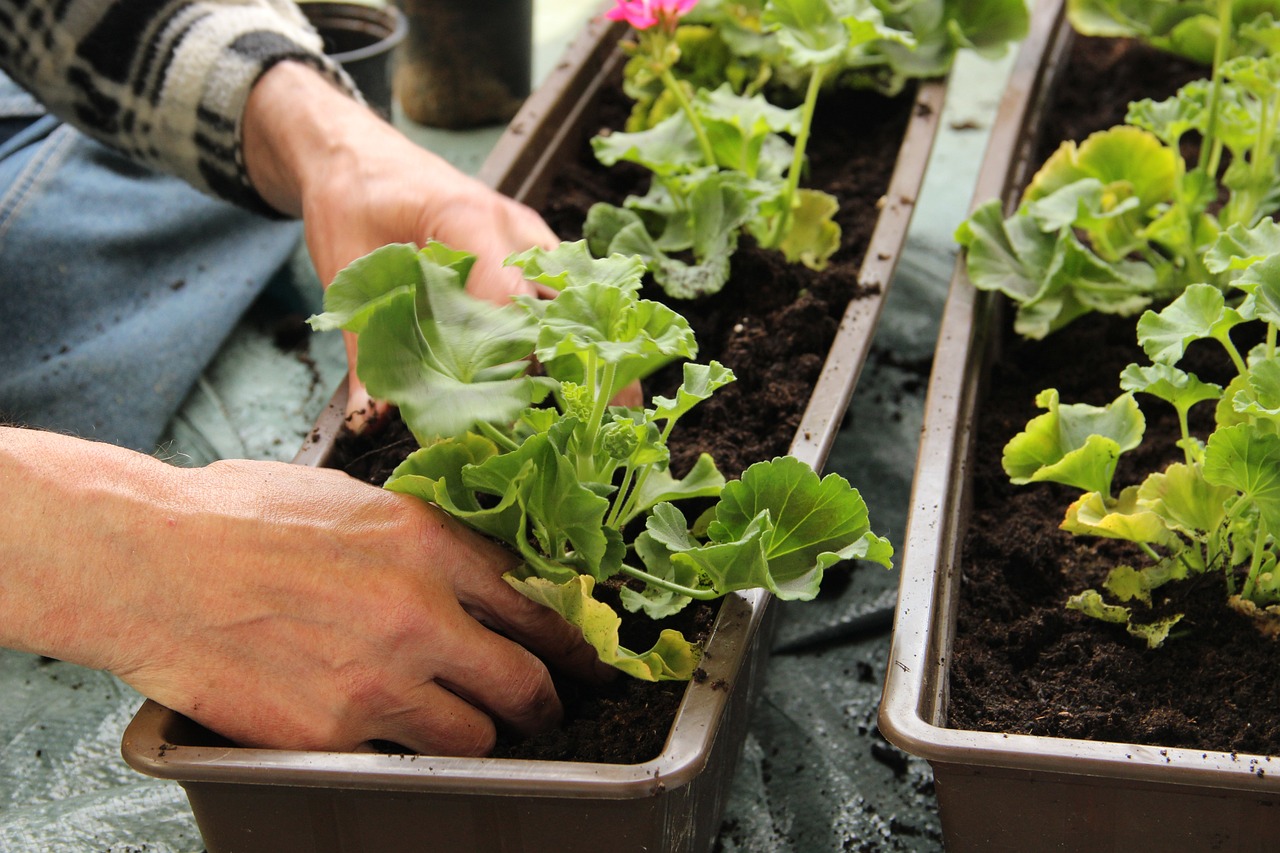
For beginners in gardening, it’s advisable to start small instead of attempting to create an extensive garden right away. Begin with a few pots or a modest garden bed to prevent feeling overwhelmed. This approach allows you to indulge in your gardening aspirations without the stress of managing a large space from the outset. Starting small provides a manageable and enjoyable way to learn and grow as a gardener.
3. Know Your Soil
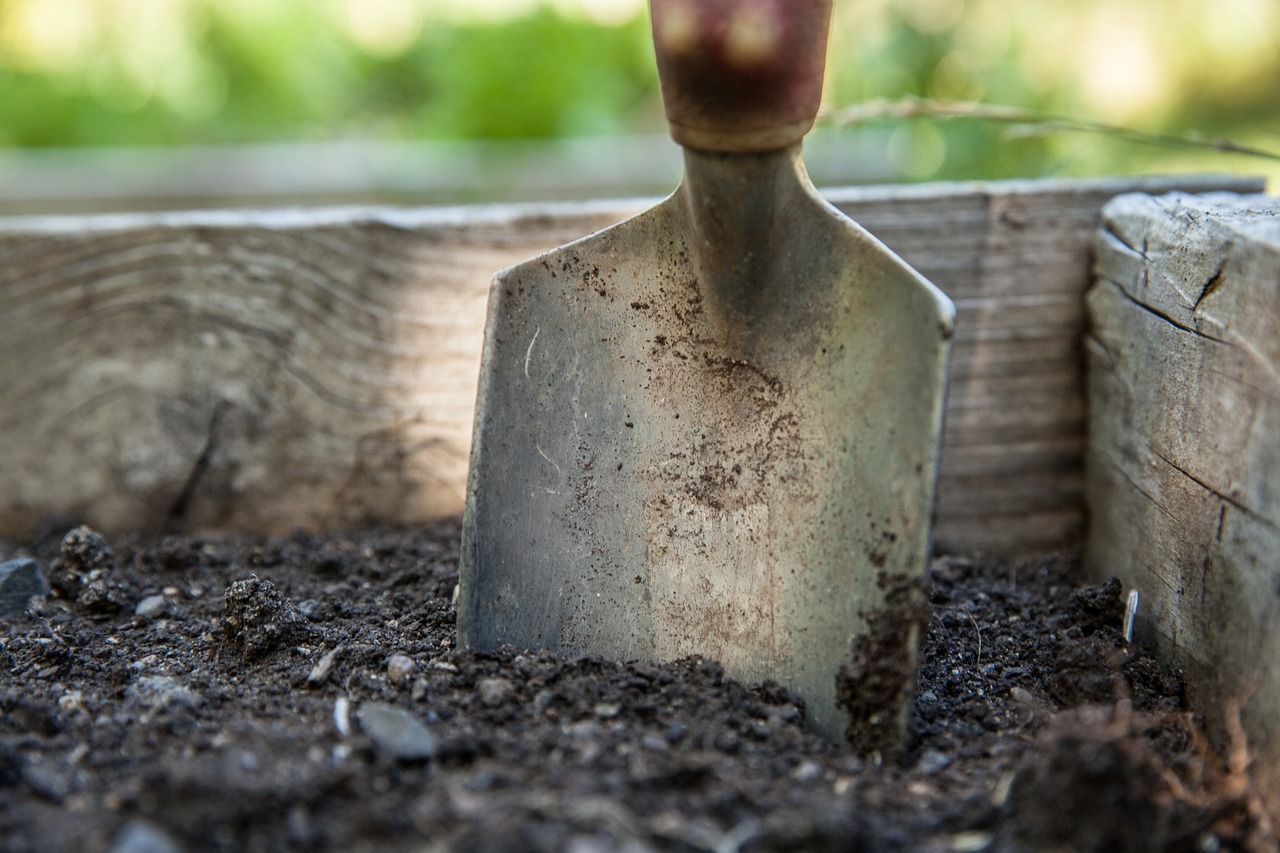
The foundation of any flourishing garden lies beneath the surface – in the soil. Understanding your soil is crucial for successful gardening. Different plants prefer different soil types—sandy, loamy, or clayey. Knowing your soil helps in managing water drainage, assessing nutrient levels, and determining pH. This knowledge allows you to create an optimal environment for your plants, choose suitable varieties, and enhance the overall health of your garden. In essence, decoding your soil is like unlocking the secret to a thriving and personalized garden.
4. Mulch Matters

Mulching isn’t just a fancy gardening term; it’s your plants’ best friend. Mulching is a vital gardening practice with several benefits for plant health. It helps retain moisture, suppress weeds, regulate soil temperature, and enrich the soil with nutrients. Acting like a protective blanket, mulch prevents water evaporation, reduces weed growth, and stabilizes soil temperature, creating an optimal environment for plant growth.
Additionally, it adds aesthetic appeal to the garden and aids in preventing soil erosion. In essence, mulch is a valuable ally that contributes to the overall well-being and beauty of your garden.
5. Native Plants – Your Local Heroes
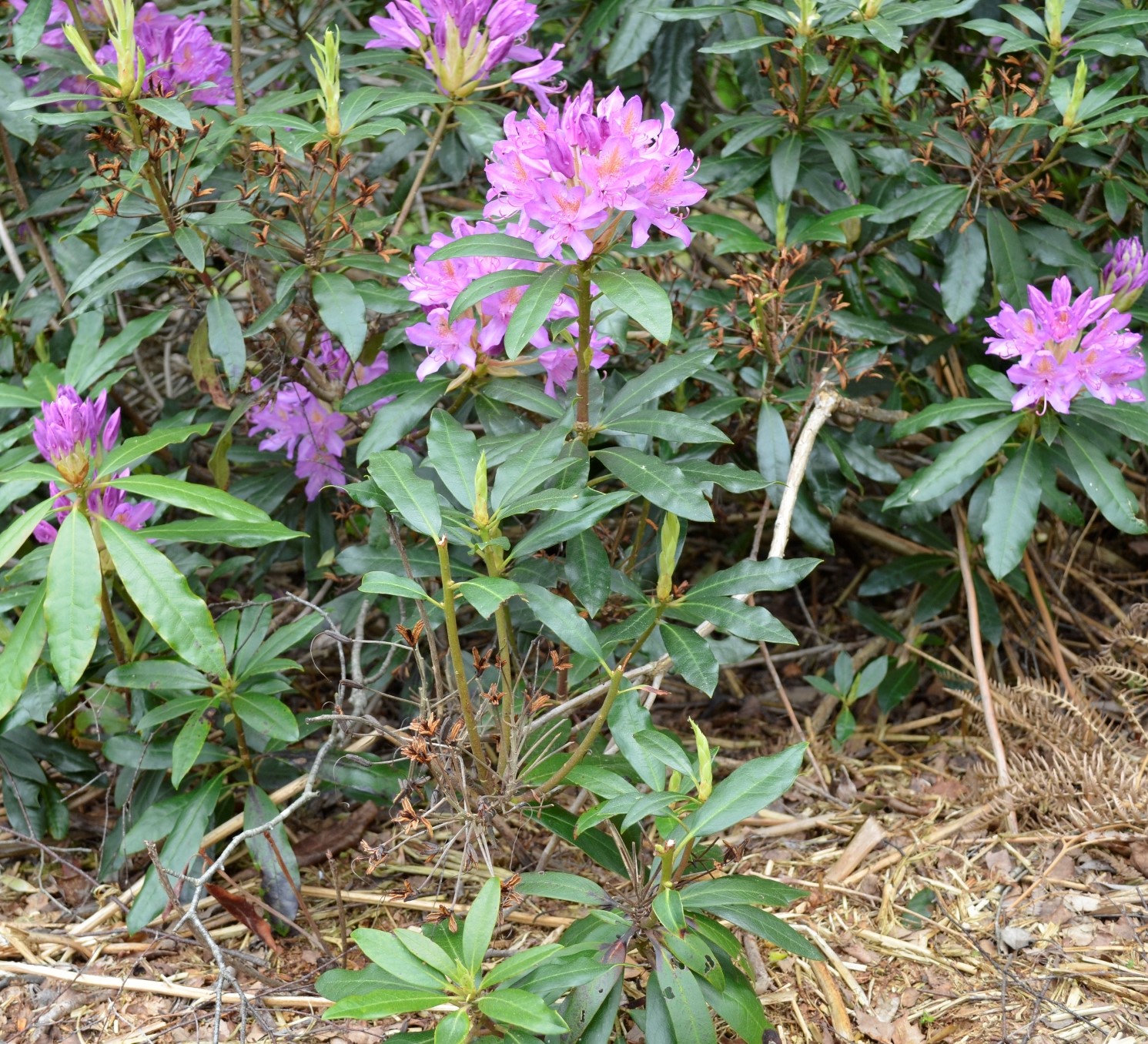
Choosing native plants for your garden is advantageous, especially for beginners. Native species are naturally adapted to your region’s conditions, making them resilient and easier to care for. They require less maintenance, attract local wildlife, and contribute to the conservation of local flora. Opting for native plants provides educational opportunities and fosters a connection to the natural heritage of your area, making them excellent choices for a sustainable and vibrant garden.
6. The ABCs of Annuals and Perennials
Blending annuals (plants that live for one growing season) and perennials (plants that return year after year) in your garden create a dynamic and harmonious landscape, resembling a symphony with each plant contributing a unique melody. Annuals provide bursts of color and spontaneity, while perennials offer consistency and structure. The interplay of these two categories results in an ever-changing garden, adding depth, visual interest, and a sense of renewal to your outdoor space.
7. The Morning Brew – Watering in the A.M
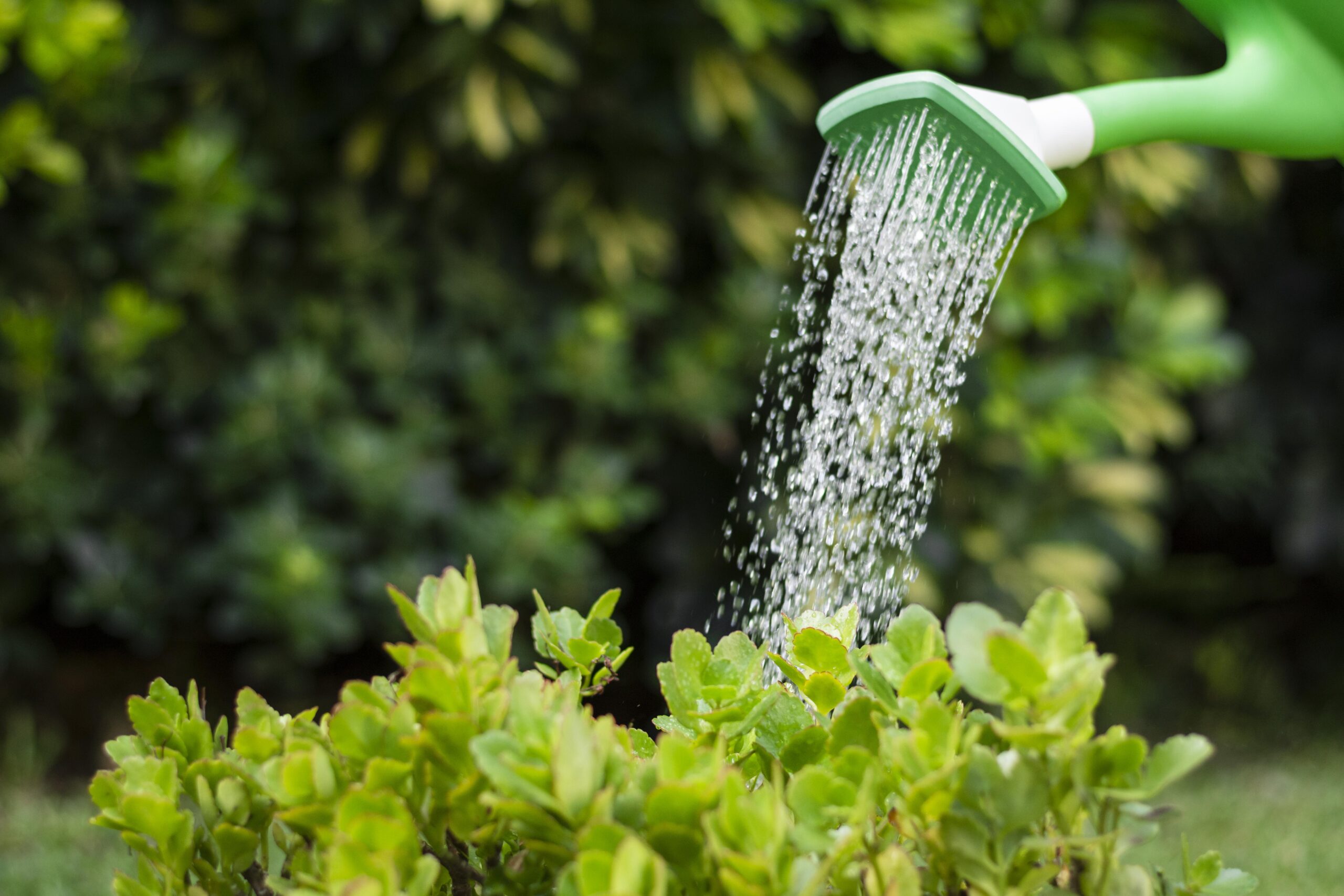
Watering your plants in the morning, akin to serving them a refreshing cup of morning dew, provides several benefits. This practice allows for optimal moisture absorption during the active growth phase, promotes foliage drying to reduce the risk of diseases, conserves water by minimizing evaporation, and reduces stress on plants. Additionally, morning watering encourages robust root growth, provides energy for photosynthesis, and establishes a consistent watering routine. Overall, this thoughtful approach supports the health and vitality of your plants throughout the day.
8. Deep Roots, Deep Waters
Focusing on deep roots and deep waters is a strategy that pays off in the long-term health and resilience of your plants. It encourages the development of a robust root system, providing stability, support, and access to essential resources. By watering at the root level and promoting deep root growth, you contribute to the overall well-being and longevity of your green companions.
9. Pruning Prowess – Trimming for Triumph

Pruning is most effective when done in spring for many plants, marking the start of the growing season. Focusing on this optimal timing allows for the removal of dead or damaged branches, promoting renewed energy and vigorous growth. Spring pruning stimulates the development of healthy new shoots, shapes the plant’s structure, and minimizes stress on the plant. Remove dead or damaged branches, and watch your plants flourish with renewed energy.
10. Companion Planting
Companion planting involves strategically pairing plants to provide mutual benefits. For example, planting marigolds with tomatoes helps deter nematodes, acting as a natural form of pest control. This approach not only prevents diseases but also enhances growth and flavor, suppresses weeds, and promotes biodiversity in the garden. Companion planting creates a symbiotic relationship among plants, contributing to a healthier, more resilient, and aesthetically pleasing garden environment. It’s like having a green security detail working together for the well-being of the entire garden.
Conclusion
Embarking on the delightful journey of gardening is a venture filled with surprises, growth, and joy. By embracing these easy gardening tips for beginners, you’re not just cultivating plants; you’re cultivating a connection with nature. Every blossom tells a story, and your garden is an ever-evolving tale of green triumphs. So, grab your gardening gloves, don the hat of a horticultural maestro, and let the easy gardening tips for beginners be your guide to a flourishing green haven.
